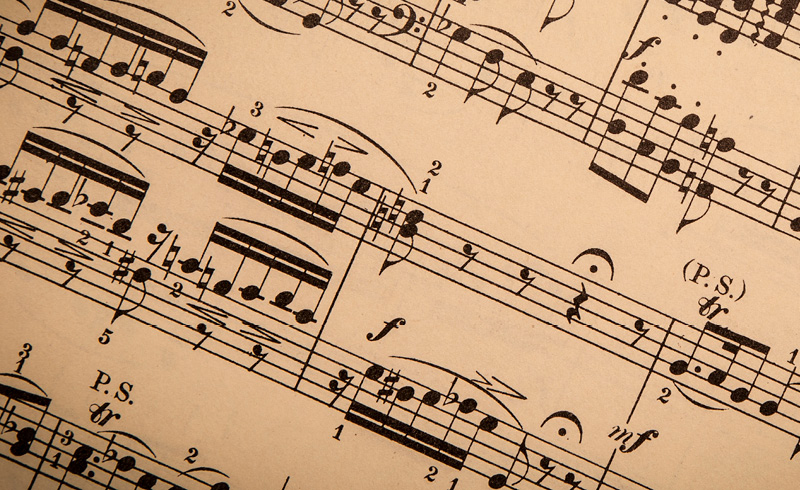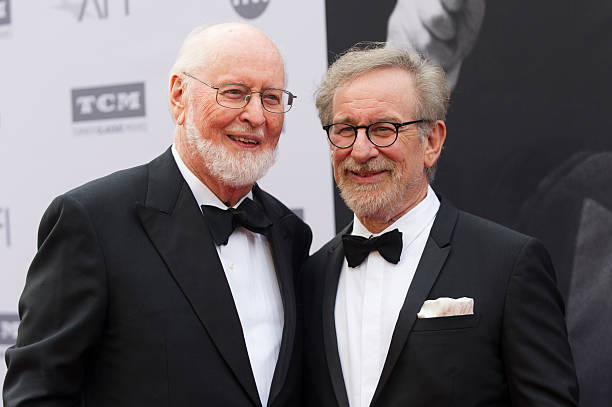
January 11, 2012
One down, three to go! On deck: Rach 1 & 4
Our “RachFest” continues this week with a pairing of Rachmaninoff’s 1st and 4th piano concertos. These two wonderful pieces are sometimes undeservedly overshadowed by their more famous cousins. I am glad to have the chance to present them to the Houston audience, and playing them together in one program makes a lot of sense.

Even though the 1st concerto is published as opus 1 and was written by Rachmaninoff at age 19, he came back to the piece as a mature composer in 1917 (the year he left Russia) and thoroughly rewrote it. Thus, in its revised form, the 1st concerto dates from a later period than the 3rd concerto. Young Rachmaninoff’s musical material already bears the beloved hallmarks of his style, and the combination of the youthful exuberance and the mature composer’s handling of harmony, orchestration and piano-writing makes this piece especially attractive. Rachmaninoff was very fond of this piece and late in life reportedly asked his good friend, Vladimir Horowitz, to learn it. Horowitz told writer David Dubal that he “never learned it because a couple of passages were awkward, but gave it to his student’, the great American pianist, Byron Janis.
The fourth concerto is Rachmaninoff’s reaction to the change in the musical landscape of the 1920s, as well as a painfully emotional statement on his nomadic life after leaving his homeland. I think of this piece as an expression of the essence of his musical soul. The opulence of the melodies and the lusciousness of the piano-writing now is boiled down and distilled. What is stronger than ever before is the directness of expression, courage to stay true to himself in the face of changing times, and also, openness to experimentation. In subtle ways, modern angularity, jazz sounds and contemporary compositional developments are all inside the fourth concerto. Yet, the piece is authentically “Rachmaninoff” in sound and mood. To me, the fourth concerto is like a beautiful wounded animal, letting out one last strong cry.

Rachmaninoff completed this concerto in 1926, but made significant revisions in 1928 and in 1941. Even after recording it with the Philadelphia Orchestra and Eugene Ormandy, he continued to add details to the score, making it the last composition he worked on before his death. Maestro Hans Graf and I have enjoyed correspondence about some of these late additions. Pianist and researcher, Leslie Howard, kindly shared a copy of an autograph page, housed at the Library of Congress, for figures 74 to 76 of the 3rd movement. I am happy that our performance this weekend will include additional counterpoint lines that are usually omitted from performance.
Looking forward to seeing you at the concerts!
-Kirill Gerstein
For more information or to purchase tickets to this weekend’s concert, RachFest 2 – Rach 1 & 4, please click here.
To watch Kirill’s interviews with Fox Morning News, click here.






